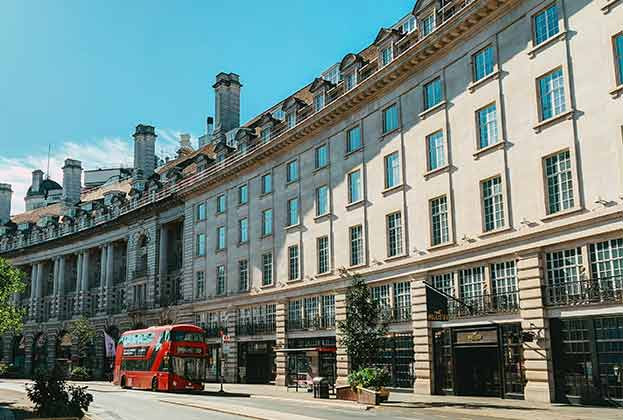As new generations of science parks appear to be popping up all over the country, what’s clear is that nobody does it better than Cambridge. According to the University, Cambridge is now Europe’s largest technology cluster, with around 57,000 people employed by more than 1,500 technology and science based firms, which have a combined annual revenue of over £13 billion.
Trinity College’s Cambridge Science Park laid the foundations for the cluster's creation back in 1970 and it has since grown to include world-renowned locations such as St John’s Innovation Park, Granta Park and Chesterford Research Park among others, which continue to attract occupiers from across the globe.
So what is the secret of Cambridge’s success? For one thing, the University has played a key role. The close proximity of the parks to the colleges and teaching hospitals around the city has been instrumental in both creating and feeding the businesses that reside there. The collaborative nature of the parks has also helped to foster a sense of community, which landlords have tried to maintain by including more amenities. For example, cafés, gyms and childcare are all now becoming commonplace on the parks. Chesterford Research park, for example, bolstered its offering with the construction of the Nucleus Building, which provided a gym, restaurant, bar and conferencing facilities for its tenants. Overall, these additions have proved to be crucial in attracting and retaining staff.
There is also a need for flexibility. Science and technology is constantly evolving and as a result companies that work in these fields need to remain fluid. St John’s Innovation Park is an excellent example of this, providing incubator space with flexible leases that give businesses the opportunity to then grow into medium-sized floorplates before taking an entire HQ if they so wish, all under the umbrella of one landlord.
Furthermore, while Cambridge has never been known for its infrastructure, it is going to great lengths to ensure that the parks are easily accessible with strong communication links including cycleways, shuttle buses and even new railway links to the north of the city at Chesterton.
In a post-Brexit world science parks are set to be critical to keeping big business in the UK, which has led to investors and developers embarking on a number of projects up and down the country. Luckily they don’t have to look very far to see how it’s done as Cambridge continues to lead the charge.
Further information
Read more: Cambridge city centre cluster top for technology
.jpg)

.jpg)



.jpg)
.jpg)
.jpg)

